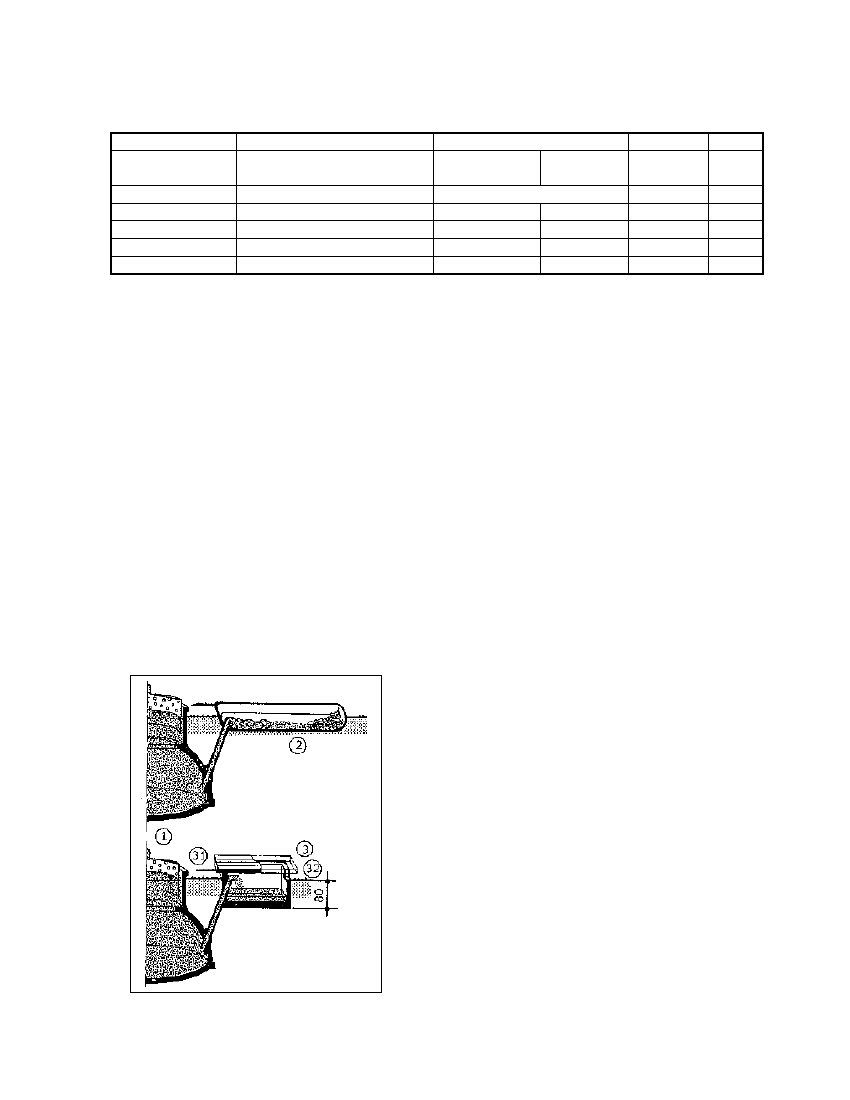
Table 3.10: Effects of digested slurry on crop yields (Source: Chengdu 1980)
Plants tested
Sweet potatoes
Rice
corn (maize)
Cotton
Quantity of digested slurry
(m³ /ha)
17
15
22.5
22.5
Yield
with digested
slurry
(kg/ha)
24000
6500
5000
1300
with liquid
manure
21500
6000
4600
1200
Increase
(kg/ha)
21500
500
400
100
(%)
12
8
9
8
The importance of digested slurry as a fertilizer is underlined by the answers to the following
questions:
- How much chemical fertilizer cap be saved with no drop in yield?
- Which yield levels can be achieved by fertilizing with digested slurry, as compared to the same
amount of undigested material, e.g. stored or fermented liquid manure?
- By how much can yields be increased over those from previously unfertilized soil? Depending
on those answers, a certain monetary value can be attached to digested slurry, whereas the
labor involved in preparing and applying the fertilizer must be given due consideration.
Storing and application of digested slurry
With a view to retaining the fertilizing quality of digested slurry, it should be stored only briefly in
liquid form in a closed pit or tank and then applied to the fields. Liquid storage involves a certain
loss of nitrogen due to the evaporation of ammonia. For that reason, and in order to limit the size of
the required storage vessels (a 30-day supply corresponds to about 50% of the biogas plant
volume), the storage period should be limited to 2-4 weeks. The resultant quasi-continuous mode of
field fertilization (each 2-4 weeks), however, is in opposition to the standing criteria of optimum
application, according to which fertilizer should only be applied 2-4 times per year, and then only
during the plants' growth phase, when they are able to best exploit the additional nutrient supply.
Fig. 3.7: Slurry storage and composting. 1 Biogas
plant, 2 Slurry composting pit with green cover 3
Masonry storage pit (V = 10 Sd), 31 Sturdy wooden
cover, 32 Overflow (Source: OEKOTOP)
27